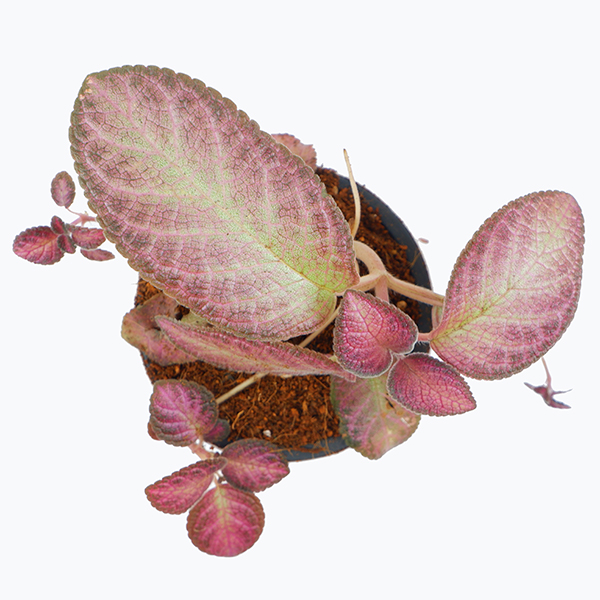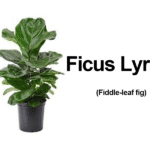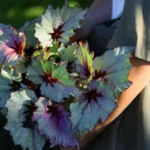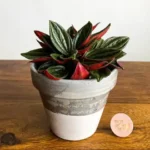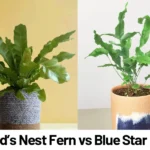Introducing Episcia cupreata: The Hidden Gem of Houseplants
Among the vast diversity of tropical houseplants, few are as surprisingly captivating and easy to grow as Episcia cupreata. Known affectionately as the Flame Violet, this member of the Gesneriad family (which also includes African violets) enchants with its shimmering foliage and bright, tube-shaped flowers. Perfect for beginner gardeners and seasoned plant lovers alike, Episcia cupreata adds color and texture to any indoor plant collection with minimal effort.
Understanding the Origins and Characteristics
Native to the humid rainforests of Central and South America, particularly Colombia, Brazil, and Venezuela, Episcia cupreata is a low-growing, creeping herbaceous plant. It has become popular in households due to its striking leaves and long-lasting flowers in shades of red, orange, pink, or lavender.
The foliage is often the real attraction: velvety, metallic, and sometimes patterned with contrasting veins or edges. Cultivars feature leaf colors ranging from deep copper to bronze, silver, green, and even wine-red, making them a fantastic ornamental plant even when not in bloom.
Main Features of Episcia cupreata:
- Foliage: Iridescent, velvety, and multicolored depending on variety.
- Growth habit: Creeping, making it excellent for hanging baskets or containers.
- Flowers: Tubular, brightly colored flowers that bloom seasonally or year-round in ideal conditions.
- Propagation: Easily propagated via runners or leaf cuttings.
Ideal Growing Conditions
Although Episcia cupreata hails from tropical forests, it adapts well to typical indoor environments if a few basic care needs are met.
Light Requirements
This plant thrives in bright, indirect light. Too much direct sun can scorch the leaves, while too little light may cause dull foliage and sparse flowering. An east- or north-facing window is ideal.
- Tip: Use sheer curtains to filter harsh afternoon sunlight if grown near a south-facing window.
- Example: A spot near a bright window where the plant gets morning sun but is shaded in the afternoon works well.
Temperature and Humidity
Being a tropical plant, Episcia cupreata prefers warm, stable temperatures and high humidity.
- Optimal temperature: 65–80°F (18–27°C)
- Minimum temperature: Avoid letting it drop below 60°F (15°C)
- Humidity: 50% or higher is best. Consider using a humidity tray or a room humidifier if your indoor air is dry.
Watering Needs
The key to watering Episcia is consistency and moderation. Keep the soil evenly moist but not soggy. Overwatering can lead to root rot, while letting the plant dry out too much can cause wilting and browning.
- Use room-temperature, distilled, or filtered water if possible to avoid chemical buildup.
- Water when the top inch of soil feels dry to the touch.
- Tip: Water the soil directly, not the foliage, to prevent leaf spotting and reduce fungal risk.
Soil and Pot Requirements
Episcia cupreata prefers a light, well-draining potting mix. A mix designed for African violets usually works well, or you can make your own by combining peat moss, perlite, and a bit of vermiculite.
- Pot choice: Shallow pots or hanging baskets are ideal due to the spreading nature of the plant.
- Drainage: Always ensure pots have drainage holes to avoid waterlogging.
Feeding and Fertilizing
Feed your Episcia regularly during its active growing season, typically from spring through early fall. A half-strength balanced liquid fertilizer every 4–6 weeks helps promote lush foliage and increase flowering.
- Recommended type: Fertilizer formulated for flowering houseplants or African violets.
- Tip: Reduce or stop feeding during the winter months when the plant’s growth slows significantly.
Propagation Made Easy
One of the joys of growing Episcia cupreata is how simple it is to propagate. Runners—small trailing stems with baby plantlets on the ends—are the most common method. You can root them in soil or water with little fuss.
Steps to Propagate via Runners:
- Locate a healthy runner attached to the mother plant.
- Place the plantlet’s base into a small pot with moist soil, still connected to the runner.
- Once rooted and showing signs of new growth, sever the runner from the mother plant.
You can also propagate via leaf cuttings, although this method takes more time and care. Each method provides an easy and rewarding way to expand your collection or share with friends.
Common Problems and How to Solve Them
Though relatively low-maintenance, Episcia can still run into a few issues. Identifying and adjusting conditions promptly will keep your plant healthy and beautiful.
Yellowing Leaves
This usually indicates overwatering or poor drainage. Ensure the pot isn’t sitting in excess water and allow the top of the soil to dry slightly between waterings.
Leaf Browning or Curling
This is often a response to low humidity or too much direct sunlight. Try moving the plant to a more shaded location or increasing humidity with misting or a tray of water and pebbles nearby.
Salt Buildup
Fertilizer residue can accumulate in the soil, which may appear as a white crust on the soil surface. Flushing the pot with water occasionally (leaching) helps remove excess salts.
Pests
- Common pests: Mealybugs, aphids, and spider mites.
- Solution: Treat infestations early using insecticidal soap, neem oil, or a gentle spray of water to dislodge pests.
Design and Display Ideas
Because of their trailing growth and colorful, luxurious foliage, Episcia cupreata makes a fantastic statement in various display styles.
- Hanging baskets: Let the runners cascade down for a dynamic look.
- Tabletop accent: Choose variegated cultivars for vibrant focal points.
- Terrariums: Smaller varieties do well in humid terrarium environments when kept warm.
Conclusion: A Versatile Beauty Worth Growing
Episcia cupreata offers more than just decorative appeal. With its mix of showy blooms and jewel-toned leaves, ease of care, and simple propagation, it’s a charming and rewarding houseplant for beginners and experts alike. By providing the right light, humidity, and gentle care, your Flame Violet will thrive and dazzle your indoor space year-round.
References
- Moore, D. (2020). Houseplants: The complete guide to choosing, growing, and caring for indoor plants. DK Publishing.
- Sadler, B. (2019). Plant parenting: Easy ways to make more houseplants, vegetables, and flowers. Quarto Publishing Group.
- Stodola, S. (2021). Episcia Care Guide. Retrieved from https://www.thespruce.com/growing-episcia-cupreata-indoors-5194772

